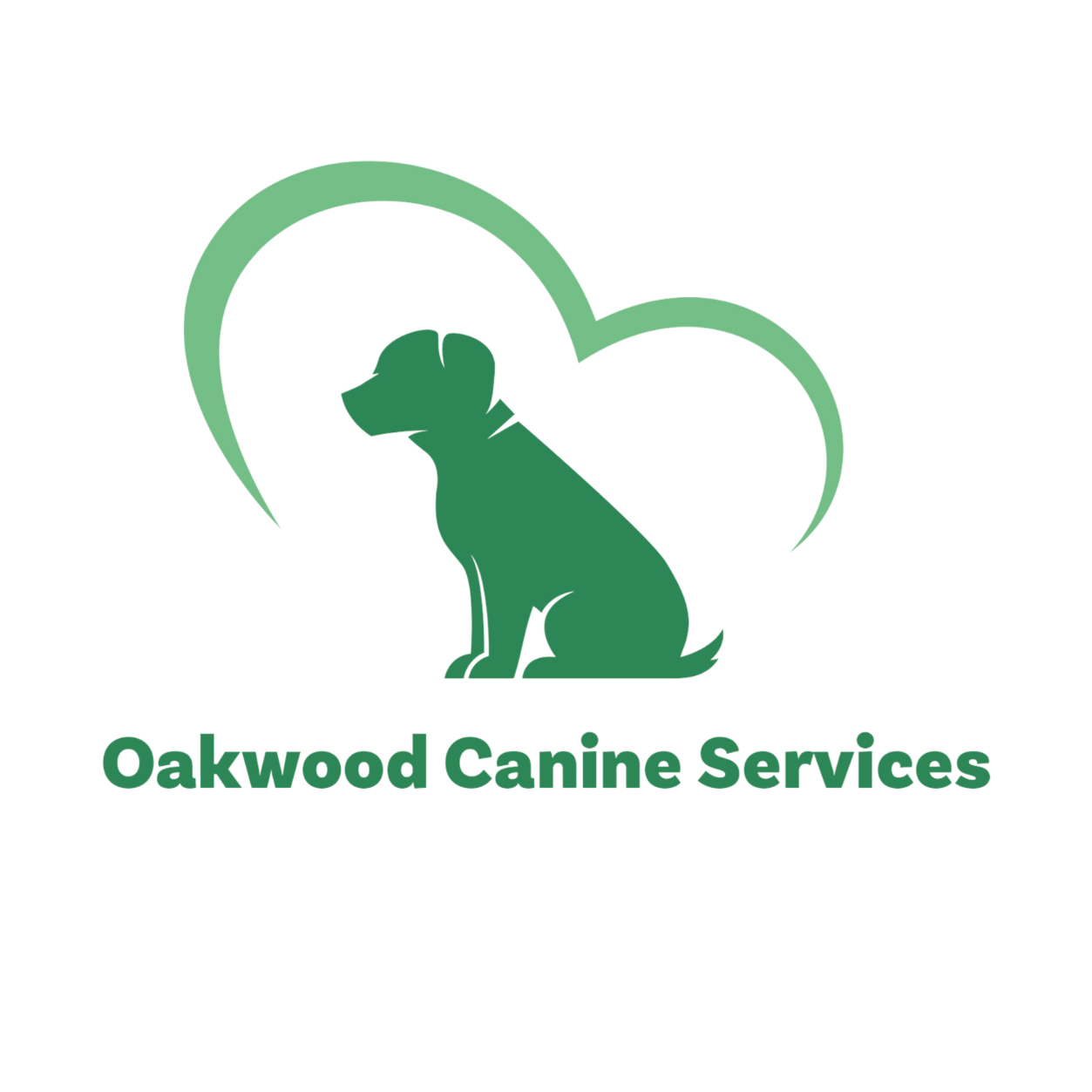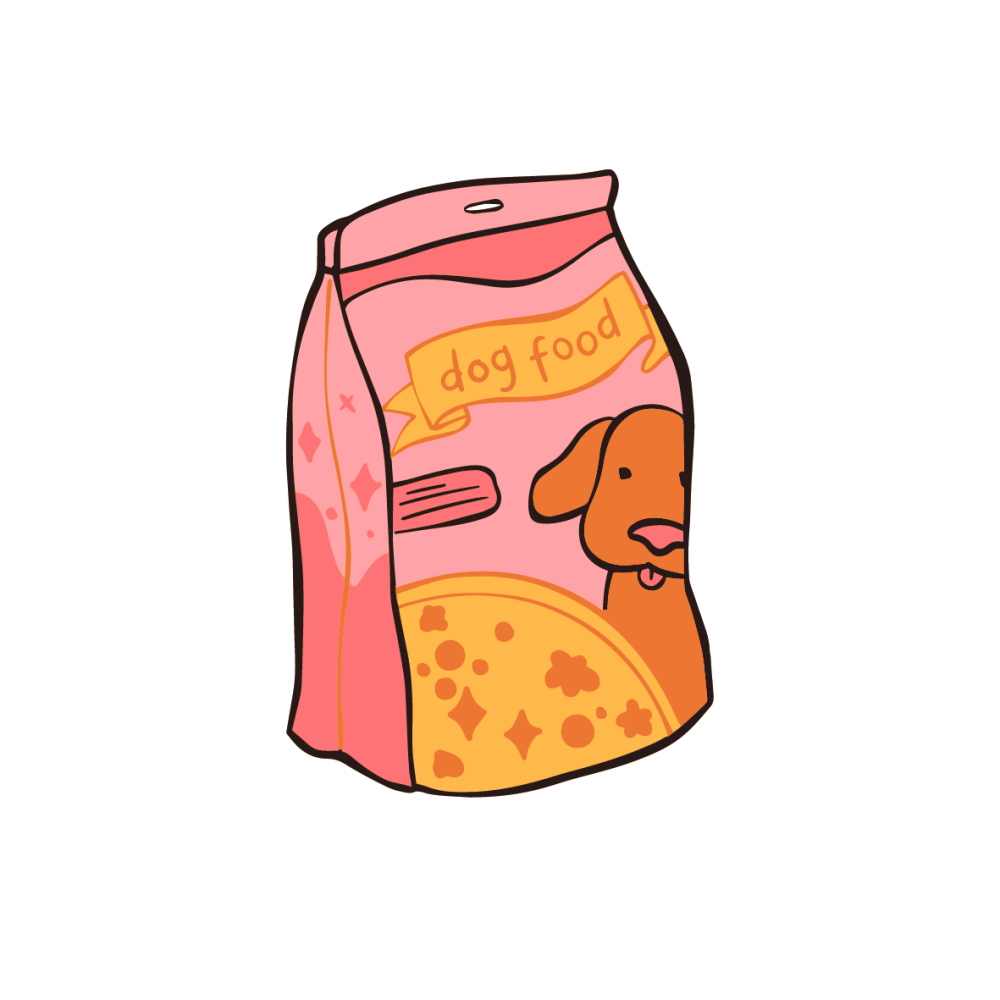Dealing With Unwanted Behaviours.
Posted on
Unwanted behaviours which our dogs display can be frustrating for us humans. The sooner we can get on top of these behaviours the better.
What type of behaviours might we see as unwanted?
• Chewing
• Jumping up
• Pulling on the lead
• Play biting
• Barking at people or dogs
• Any attention-seeking behaviours
• Counter surfing
How do we deal with unwanted behaviours?
For our dogs to understand what we like to see from them, reward-based training can be very helpful. This means we are rewarding the good behaviours that they are performing and that we like to see and ignoring any bad behaviours we don't want to see.
Remember, for our dogs, any and all attention is good attention. If they are getting something for showing an unwanted behaviour, they will keep performing this behaviour in the future. In their eyes they have been rewarded for showing a specific behaviour, so why not keep doing it?
If our dogs show a behaviour we like and want to see again in the future, we want to make sure they are being rewarded. If our dogs recognise that we like this behaviour they are showing, they will be much more likely to show the same behaviour again in the future. In much the same way, if we ignore the unwanted behaviours they are demonstrating and they get little to no reinforcement as a result, we would expect to see a decrease in it being shown again.
For example, if your dog jumps up at you, ignoring the behaviour is the best response. We don't want to say no whilst we are moving them down as this is providing them with attention and will likely reinforce the jumping behaviour. What we want to do instead is ignore the behaviour until all four paws are on the floor, then reward for being calm and not leaving the ground in the first place.
Some behaviours shown by our dogs, we simply cannot reward or ignore. In this case we would look to use a timeout. The timeout technique is much like the naughty step for children. With the use of a trail line (a lead clipped onto your dog's collar), take your dog to the nearest door and put them on the other same. Once they behind the door, after 5-10 seconds have passed, let them back into the room. If your dog is barking, crying or scratching at the door we want to wait until they are calmer, as to not reinforce that displaying these behaviours whilst in a timeout gets them let back into the room. Instead, wait until they have stopped before letting them return to the room. If they do the same thing or try something else, then we put them straight back into a timeout. Consistency is very important here as this can take multiple repetitions for your dog to understand what is causing a timeout and which choices are better to make.
Charlotte - Behaviour Counsellor

